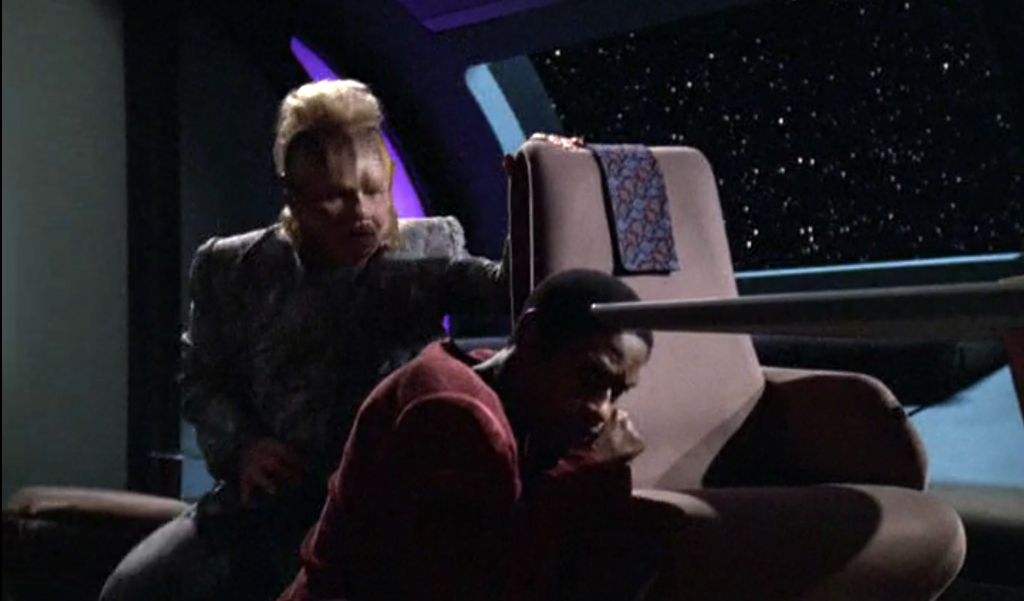I was a Star Trek Voyager watcher during the ’90s. Back then I had a modest CRT television that might have weighed nearly a hundred pounds. At that time you had to be in front of your television at the appointed time on the appointed day of the week if you wanted to see your favorite show. Although I enjoyed Voyager in the ’90s, I never really became a fan until I could watch all the episodes in order online.
Last night, somewhat randomly, chose to watch Episode 6 of season 6, “Riddles.” I had forgotten about this one.
In this episode the stoic Vulcan, Mr. Tuvok, is assaulted by a cloaked intruder, inflicting brain damage, and is struck with traumatic amnesia. The jovial Talaxian, Mr. Neelix, takes on the challenge to help rehabilitate Mr. Tuvok.

The Vulcan character represents the ultimate form of composure under pressure. As a matter of principal a Vulcan resolves conflict with well considered logic and never surrenders to the whims of emotion. But Star Trek fans know that the beneath the facade of stoicism is an undercurrent of emotion and passion, as potent as, or more than any human. The Vulcan characters are usually the favorite among the introvert fans, and we watch ever so carefully to see a glimmer of emotional reaction as they face the pressures of being a Starfleet Officer.
When Mr. Tuvok’s memory is wiped out he becomes a clean slate. Suddenly wiped away are all the years of accomplished experience as a Starfleet science officer, and all the years of focused study and meditation in the disciplines of Vulcan logic. Tuvok becomes like a child, vulnerable, afraid, and curious.
Mr. Neelix, compelled by is unquenchable sense of compassion and a long standing sense of admiration for his Vulcan colleague, sets to the task of becoming a rehabilitation coach. But he finds the challenges of trying to help Mr. Tuvok restore himself to his former being are fraught with disappointment.
This is a story about identity, friendship, respect, and hope.
If you don’t remember watching this episode in the ’90s, or again in the ’00s, then I recommend you take another look. Check it out.

